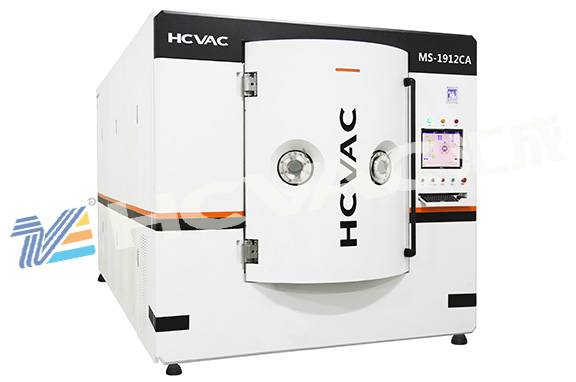AF pvd coating machine may be used rarely, but this type of equipment is widely used, such as: mobile phones, tablet computers, monitors, digital products, electrical appliances, bathroom and metal parts and other coating layers are used in this equipment. , the following Xiaobian Huicheng vacuum coating will introduce the characteristics of the coating products of this equipment in detail.

1) Antifouling: prevent fingerprints and oil stains from being easily adhered and easily wiped off;
2) Anti-scratch: the surface is smooth and comfortable, and it is not easy to scratch;
3) Thin film layer: excellent optical performance, does not change the original texture;
4) Wear resistance: with true wear resistance
AF
pvd coating machine coating product application field: mobile phone, tablet, TV, LED and other glass AR --- anti-reflection achieve the purpose of enhancing penetration. There are many materials to choose from. Generally, high and low refractive index materials are used for cross-stacking plating. Vacuum evaporation plating or magnetron sputtering plating can be used.
Principle: Anti-reflection film, also known as anti-reflection film, its main function is to reduce or eliminate the reflected light of lens, prism, plane mirror and other surfaces, thereby increasing the light transmission of these components, reducing or eliminating the stray light of the system. Antireflection coatings are based on the wave nature and interference phenomena of light. If the two light waves with the same amplitude and the same wavelength are superimposed, the amplitude of the light waves will increase; if the two light waves have the same origin and the wave paths are different, if the two light waves are superimposed, they will cancel each other out. The anti-reflection film uses this principle to coat the surface of the lens with an anti-reflection film (AR-coating), so that the reflected light generated on the front and rear surfaces of the film interferes with each other, thereby offsetting the reflected light and achieving the effect of anti-reflection. The simplest AR coatings are monolayers. In general, it is difficult to achieve the ideal anti-reflection effect with a single-layer anti-reflection coating. In order to achieve zero reflection at a single wavelength, or to achieve a good anti-reflection effect in a wider spectral region, double-layer, three-layer or even more Anti-reflection coating with multiple layers. The practical application of anti-reflection film is very wide, the most common are lenses and solar cells - by preparing anti-reflection film to improve the power watt value of photovoltaic modules. At present, the anti-reflection film material used in crystalline silicon photovoltaic cells is silicon nitride. Using plasma enhanced chemical vapor deposition technology, ammonia and silane are ionized and deposited on the surface of silicon wafers. Better anti-reflection effect. Early photovoltaic cells used silicon dioxide and titanium dioxide films as antireflection layers.
Applicable substrates: glass, acrylic (PMMA), PC, CR39 and other plexiglass



